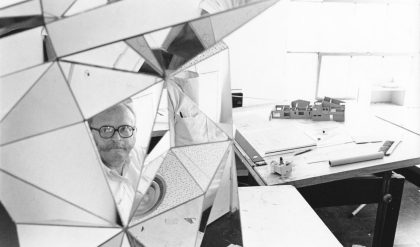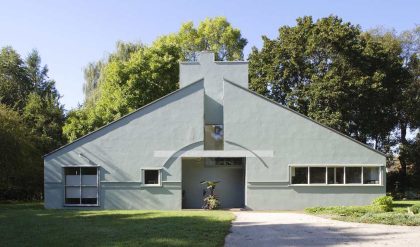Composers, including Arnold Schoenberg, Igor Stravinsky, and Anton Webern, sought new solutions within new forms and used as-yet-untried approaches to tonality. In dance a rebellion against both balletic and interpretive traditions had its roots in the work of Émile Jaques-Delcroze, Rudolf Laban, and Loie Fuller. Each of them examined a specific aspect of dance—such as the elements of the human form in motion or the impact of theatrical context—and helped bring about the era of modern dance.

Igor Stravinsky, c. 1920.G. L. Manuel Freres—Hulton Archive/Getty Images
In the visual arts the roots of Modernism are often traced back to painter Édouard Manet, who, beginning in the 1860s, broke away from inherited notions of perspective, modeling, and subject matter. The avant-garde movements that followed—including Impressionism, Post-Impressionism, Cubism, Futurism, Expressionism, Constructivism, de Stijl, and Abstract Expressionism—are generally defined as Modernist. Over the span of these movements, artists increasingly focused on the intrinsic qualities of their media—e.g., line, form, and colour—and moved away from inherited notions of art.

A Bar at the Folies-Bergère, oil on canvas by Édouard Manet, 1882; in the Courtauld Institute Galleries, London.Courtauld Institute Galleries, London (Courtauld Collection)
By the beginning of the 20th century, architects also had increasingly abandoned past styles and conventions in favour of a form of architecture based on essential functional concerns. They were helped by advances in building technologies such as the steel frame and the curtain wall. In the period after World War I these tendencies became codified as the International style, which utilized simple geometric shapes and unadorned facades and which abandoned any use of historical reference; the steel-and-glass buildings of Ludwig Mies van der Rohe and Le Corbusier embodied this style. In the mid-to-late 20th century this style manifested itself in clean-lined, unadorned glass skyscrapers and mass housing projects.

Seagram Building in New York CityThe Seagram Building (1958), designed by Ludwig Mies van der Rohe and Philip Johnson; in New York City.©Laurent Ruamps/Dreamstime





Comments are closed.